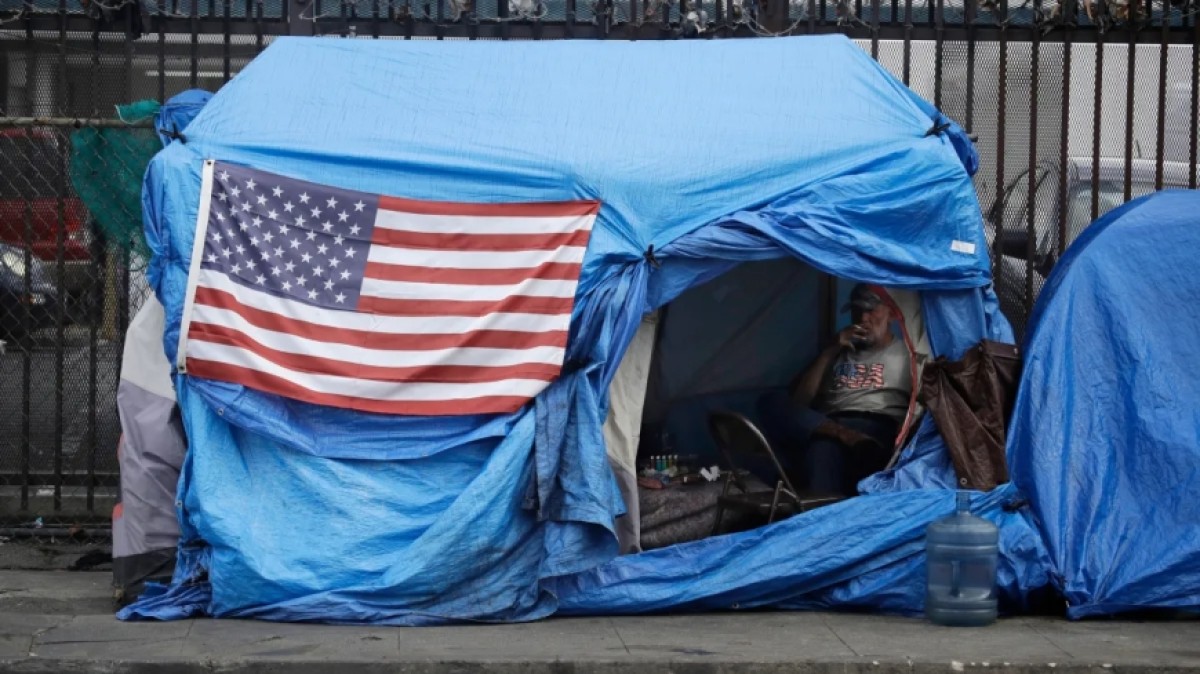 121
121
Exploring the Nuances of Homelessness in the United States: A Comprehensive Analysis
Exploring the Nuances of Homelessness in the United States: A Comprehensive Analysis
Homelessness in the United States remains a complex and multifaceted issue, deeply rooted in various socioeconomic factors. This article delves into the latest available data, shedding light on the state of homelessness in 2022 and exploring the intricacies of this pervasive problem.
By Pazooki
Trends in Homelessness
As of 2022, homelessness in the United States has been on a concerning upward trajectory since 2017, experiencing an overall increase of 6 percent. Notably, counts of individuals and chronically homeless individuals reached record highs in 2022, with 421,392 people and 127,768 individuals, respectively. Unsheltered rates are also trending upward, affecting diverse racial, ethnic, and gender subgroups. Despite efforts to expand homeless services systems and the availability of temporary and permanent beds, these resources still fall short of meeting the needs of everyone in need. The modest 0.3 percent increase in homelessness from 2020 to 2022 reflects a period marked by pandemic-related economic disruptions and robust federal investments in human services.
Demographic Insights
The exact number of people experiencing homelessness is challenging to determine due to the transient nature of the population and varying definitions used. The U.S. Department of Housing and Urban Development (HUD) conducts an annual Point-in-Time (PIT) count to estimate the number of people experiencing homelessness on a given night. According to the 2020 PIT count, approximately 580,466 people were experiencing homelessness in the United States. While these numbers provide a snapshot, it's crucial to recognize that various demographic groups are disproportionately affected. Veterans, individuals with mental illnesses, survivors of domestic violence, and youth aging out of foster care face heightened risks of homelessness.
Examining the Data
1. Total Homeless Population (Point-in-Time Count, 2020):
- Sheltered: 369,081
- Unsheltered: 211,385
- Total: 580,466
2. Homeless Population by Sheltered Status (Point-in-Time Count, 2020):
- Individuals in families: 215,344
- Chronically homeless individuals: 101,089
- Individuals not in families: 364,080
3. Homeless Population by Age (Point-in-Time Count, 2020):
- Adults (18+): 508,185
- Youth (under 25): 72,281
4. Homeless Population by Gender (Point-in-Time Count, 2020):
- Male: 364,509
- Female: 214,957
- Transgender: 1,008
5. Homeless Population by Race/Ethnicity (Point-in-Time Count, 2020):
- White: 310,924
- Black/African American: 220,619
- Multiple Races: 25,324
- American Indian/Alaska Native: 18,187
- Asian: 6,666
- Native Hawaiian/Pacific Islander: 3,071
Emerging Patterns
Native Hawaiian and other Pacific Islanders, constituting only 0.26% of the U.S. population, have the nation’s highest rate of homelessness at 121 per 10,000 people. This disparity could be attributed to Hawaii’s lack of affordable housing, coupled with native Hawaiians being on waitlists for home land leases. Additionally, veterans experience homelessness at a slightly higher rate than the overall population, with 20 out of every 10,000 veterans being homeless. However, the US government has implemented programs like the HUD-Veterans Affairs Supportive Housing program, contributing to a decline in the number of veterans experiencing homelessness.
Regional Disparities
Homelessness varies significantly across states and localities, influenced by factors such as rising rent, job losses, and government policies. The Government Accountability Office (GAO) found that encampment and shelter restrictions, along with diverse individual circumstances like poverty and domestic violence, contribute to fluctuating homelessness rates. The drop in sheltered homelessness may be attributed to a definitional technicality. The Council of Economic Advisors suggests that people in rapid rehousing aren't counted as homeless, while those in transitional housing are, creating inconsistencies in reporting. From 2007 to 2018, rapid rehousing increased by 109,000, while transitional housing decreased by 110,000.
Gender Disparities
Examining homelessness by gender reveals significant disparities. Sixty-seven percent of all people experiencing homelessness in the 2018 Point-in-Time Count are individuals, with men comprising 70 percent and women 29 percent. In some states and Continuums of Care (CoCs), male homelessness rates are notably higher, reaching 82 percent in Puerto Rico.Conversely, certain states show a higher percentage of individual women experiencing homelessness, exceeding the 29 percent national average. Maine, Alaska, Missouri, North Dakota, Arkansas, Hawaii, Vermont, and Oregon report female homelessness percentages well above the national average.
Public Attitudes and Stigma
Advocates for homeless individuals emphasize the impact of social stigma on this vulnerable population. Homelessness is often associated with a lack of proper amenities, contributing to a perception of "aesthetically unappealing" individuals. Research indicates that physical appearance plays a role in how homeless individuals are judged, reflecting broader societal attitudes.While there is a misconception associating homelessness with mental illness, public opinion surveys suggest that the majority of the public retains compassion for homeless individuals. Support for policies addressing homelessness, including prevention, rental assistance, and permanent housing, is evident, but there are limits to public sympathy, as seen in attitudes toward police intervention in different scenarios.
The state of homelessness in the United States is a multifaceted challenge that demands comprehensive solutions. Understanding the nuanced demographic patterns, regional disparities, and public attitudes is crucial for policymakers, government agencies, and non-profit organizations working towards alleviating homelessness. By addressing root causes, prioritizing equity, and allocating resources effectively, communities can strive towards a more equitable and compassionate approach to tackling homelessness in the nation.
 121
121
Comment
Post a comment for this article